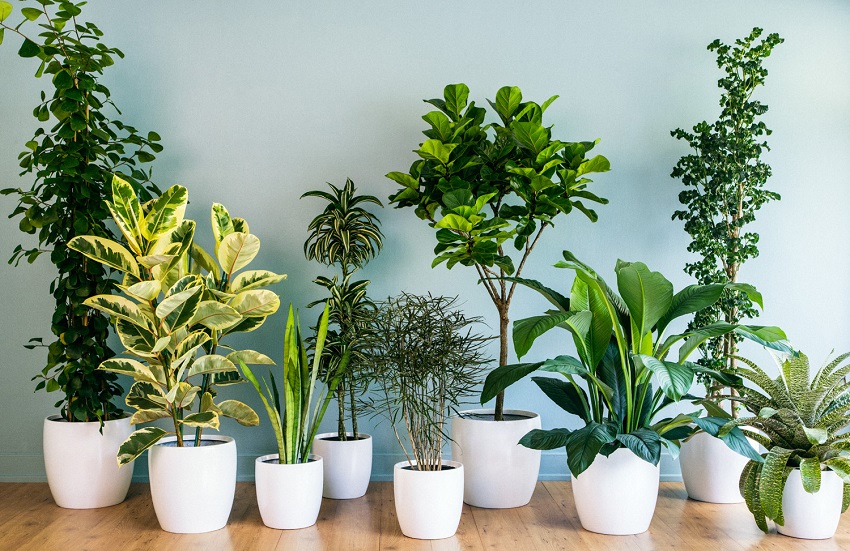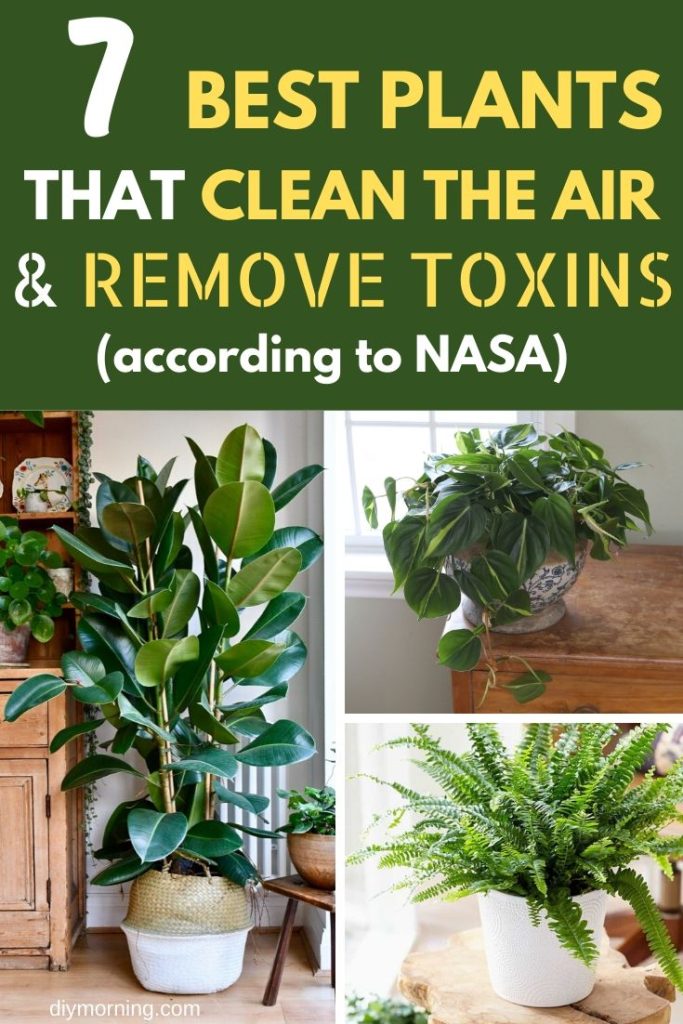Purifying the Air We Breathe
Indoor air quality is a critical aspect of our overall health and well-being. The air we breathe indoors can be contaminated with pollutants such as volatile organic compounds (VOCs), particulate matter, and other toxins. These pollutants can come from various sources, including building materials, furniture, and household cleaning products. Prolonged exposure to poor indoor air quality can lead to respiratory problems, allergies, and other health issues. Fortunately, there is a natural and effective way to improve indoor air quality: clean air indoor air purifying plants. These plants have been proven to remove pollutants and toxins from the air, promoting a healthier and more comfortable living space. By incorporating air-purifying plants into our homes and offices, we can take a significant step towards creating a cleaner, fresher environment that benefits both our health and well-being.
How to Choose the Right Air-Purifying Plants for Your Space
Selecting the right air-purifying plants for your home or office can be a daunting task, especially with the numerous options available. However, by considering a few key factors, you can choose the most effective plants for your specific indoor environment. Lighting is a crucial factor, as different plants thrive in varying levels of light. For low-light areas, plants like Chinese Evergreen and Pothos are ideal, while plants like Spider Plants and Dracaena prefer brighter conditions. Temperature and humidity are also important considerations, as some plants are more sensitive to extreme temperatures or humidity levels. For example, the Peace Lily prefers well-draining soil and moderate temperatures, while the Snake Plant is more tolerant of neglect and can thrive in a variety of conditions. By understanding the specific needs of different air-purifying plants, you can create a clean air indoor air purifying plants system that is tailored to your unique space and promotes a healthier, more comfortable living environment.
The Science Behind Air-Purifying Plants
The ability of plants to purify the air is rooted in their natural processes, including photosynthesis, respiration, and transpiration. During photosynthesis, plants absorb carbon dioxide and release oxygen, creating a clean air environment. Additionally, plants’ roots and microorganisms in the soil work together to break down and remove pollutants and toxins from the air. This symbiotic relationship between plants and microorganisms is essential for effective air purification. For example, the microorganisms in the soil of a Spider Plant can break down formaldehyde, a common indoor air pollutant, into harmless compounds. By understanding the science behind air-purifying plants, we can appreciate the natural wonders of clean air indoor air purifying plants and harness their power to create a healthier living space.
Top Air-Purifying Plants for a Healthier Home
When it comes to selecting the most effective air-purifying plants for your indoor space, there are several popular options that stand out for their ability to remove pollutants and toxins from the air. Spider Plants, for example, are easy to care for and can thrive in a variety of lighting conditions, making them a great choice for beginners. Peace Lilies, on the other hand, are known for their elegant white blooms and ability to remove formaldehyde and benzene from the air. Dracaena, with its slender leaves and ability to grow up to 10 feet tall, is another popular option that can help purify the air and add a touch of greenery to any room. Other top air-purifying plants include the Snake Plant, Philodendron, and Boston Fern, each with its own unique benefits and care requirements. By incorporating these clean air indoor air purifying plants into your home or office, you can create a healthier, more comfortable living environment that promotes overall well-being.
Creating a Plant-Based Air Purification System
To maximize the benefits of clean air indoor air purifying plants, it’s essential to create a comprehensive air purification system that incorporates multiple plants and strategic placement. Start by selecting a variety of plants that thrive in different lighting conditions, such as low-light plants like Pothos or high-light plants like Succulents. Place plants in areas where air pollution is most concentrated, such as near windows, doors, or air vents. Consider grouping plants together to create a “plant wall” or “green screen” that can help purify the air more efficiently. Regular maintenance is also crucial, including watering, pruning, and fertilizing plants to ensure they remain healthy and effective. Additionally, monitor air quality using an air quality monitor to track the effectiveness of your plant-based air purification system and make adjustments as needed. By following these tips, you can create a powerful and natural air purification system that promotes clean air and overall well-being.
Common Indoor Air Pollutants and How Plants Can Help
Indoor air pollution is a significant concern, with common pollutants like Volatile Organic Compounds (VOCs), formaldehyde, and benzene lurking in the air. These toxins can come from a variety of sources, including cleaning products, furniture, and even building materials. Prolonged exposure to these pollutants can lead to a range of health problems, from headaches and fatigue to respiratory issues and even cancer. Fortunately, clean air indoor air purifying plants can help remove these toxins from the air, promoting a healthier and more comfortable living environment. For example, Spider Plants are known to remove VOCs and formaldehyde, while Peace Lilies are effective at removing benzene and acetone. By incorporating these plants into your home or office, you can reduce your exposure to indoor air pollutants and breathe easy knowing you’re taking steps to improve your indoor air quality.
Combining Plants with Other Air Purification Methods
While clean air indoor air purifying plants are incredibly effective at removing pollutants and toxins from the air, they can be even more powerful when combined with other air purification methods. For example, pairing air-purifying plants with HEPA filters or air purifiers can create a comprehensive air purification system that tackles a wide range of indoor air pollutants. This multi-faceted approach can help remove even the smallest particles and molecules from the air, resulting in a cleaner and healthier breathing environment. Additionally, using air-purifying plants in conjunction with other methods can help reduce the need for harsh chemicals and artificial air fresheners, promoting a more natural and sustainable approach to indoor air quality. By combining the natural air-purifying abilities of plants with the advanced technology of air purifiers, you can create a powerful and effective system that promotes clean air and overall well-being.
Conclusion: Breathe Easy with the Power of Indoor Plants
In conclusion, incorporating clean air indoor air purifying plants into your home or office is a simple yet effective way to improve indoor air quality and promote overall well-being. By understanding the importance of indoor air quality, selecting the right plants for your space, and combining them with other air purification methods, you can create a comprehensive air purification system that tackles a wide range of indoor air pollutants. With the power of indoor plants, you can breathe easy knowing that you’re taking steps to create a healthier and more comfortable living environment. So why not give it a try? Bring some greenery into your life and start enjoying the benefits of clean air and a healthier you!


.jpg)




:max_bytes(150000):strip_icc()/GettyImages-939780108-4bfb925b68764d0a8e1adaa5e57684a7.jpg)